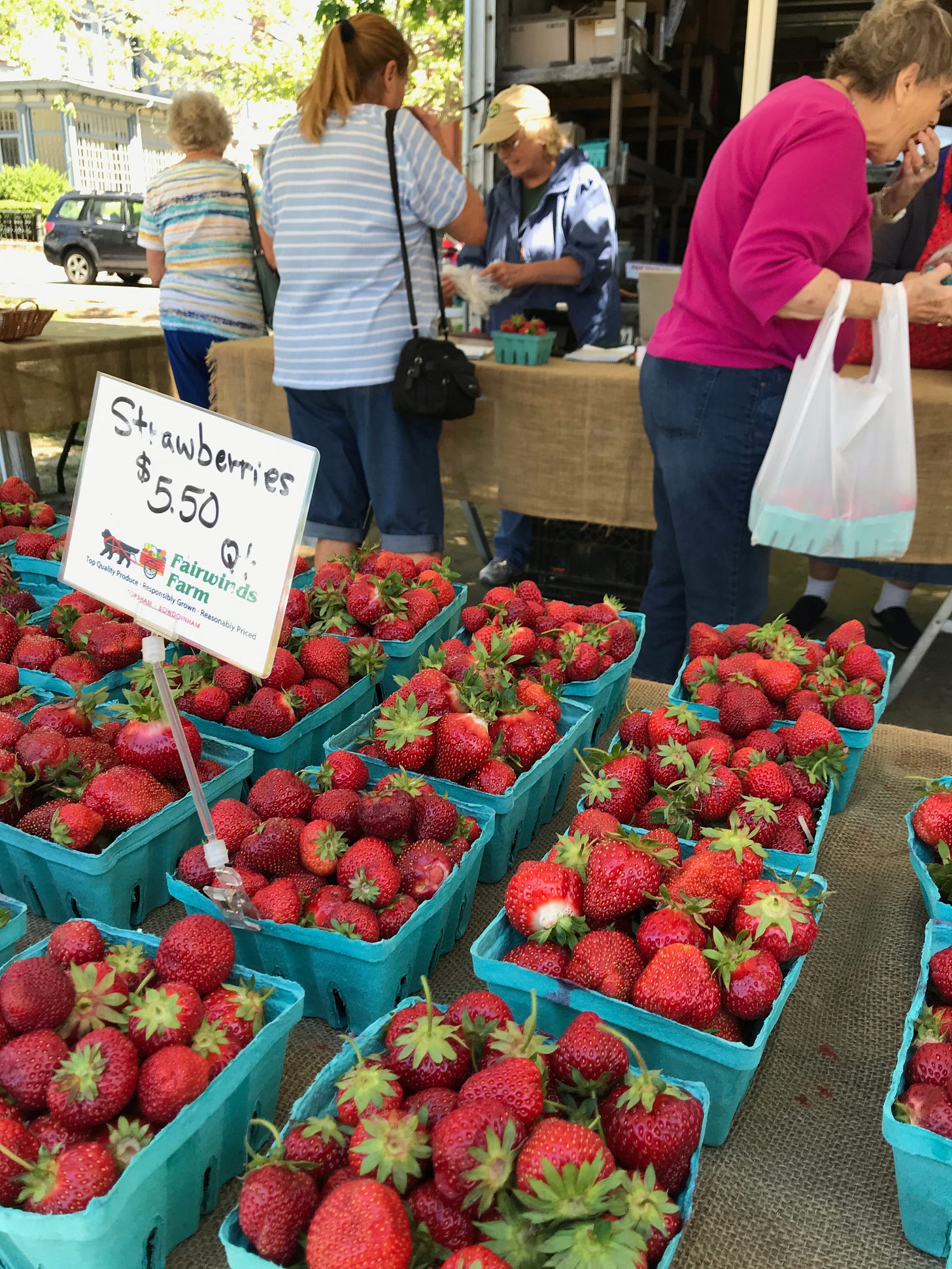Yes, they come back every year, some years more prolifically than others. This year is developing into an especially bountiful one here in Maine where our farm stands and farmers markets are full of fruit. Connoisseurs look for berries from the farms along the intervale around Merrymeeting Bay, that great inland confluence of the Kennebec and Androscog…
Keep reading with a 7-day free trial
Subscribe to On the Kitchen Porch to keep reading this post and get 7 days of free access to the full post archives.




